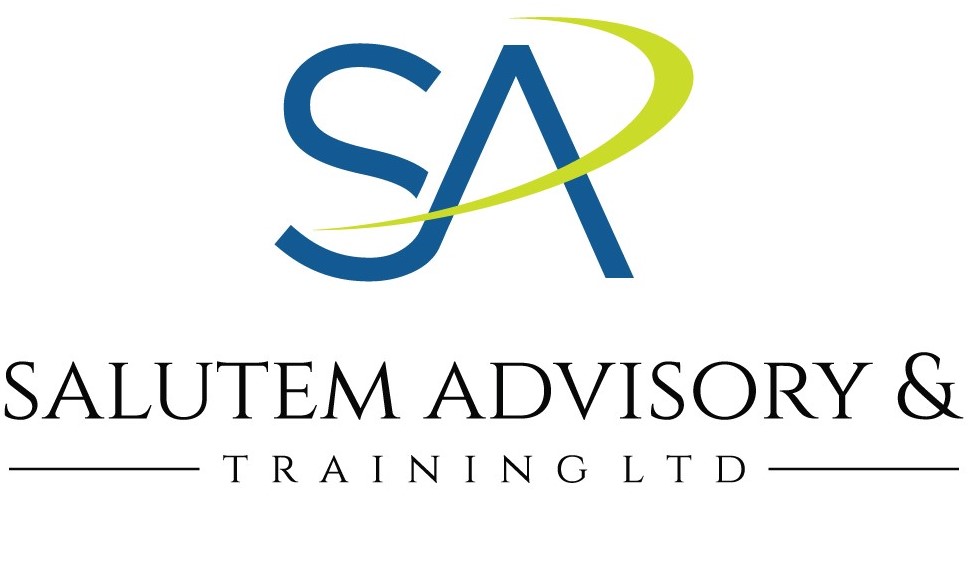
Health & Safety Management Includes the Wellbeing of Employees!
Employers – it’s important to remember this, even in these current trying times…
As business owners, we are all struggling to get through this worsening situation so early in the year. So we can be sure that if we are struggling, so too are our employees. Last year we were buoyed with the newness and fear and willingness to protect our families and staff. We felt the encouragement that this was short term pain for long term gain. Now the senses are dulled and the pressures of business (financial and otherwise) are an ever-increasing burden. Anything short term about this has long since left the building: we are in this for the long-haul and we have to carry on regardless.
So where do we start…… and how do we motivate ourselves and our employees? All the while slotting it around the challenge that is home schooling?!
Planning ahead: for the business AND your employees
Th wellbeing of our employees has been a growing focus over the past 4 years. In 2017, Deloitte issued a report citing the positive impact of the wellbeing of the employee having a direct effect on business.
We are again in limbo with planning and business strategy for 2021. It is at best difficult to try any meaningful planning with the current pandemic. However, we cannot overlook vital tasks with regard to health safety and the wellbeing of our employees.
Regarding the business planning – do what you normally do! Review the financials, write the plans and cash flow projections, and start to plan ahead. As time goes on, and restrictions change, then amend and adjust as necessary – it gives you some where to start! It’s easier to make amendments as things change than have no plan made at all.
Employee Wellbeing
Again a lot of businesses have had ideas of rolling out plans and projects, and feel torn as to whether or not these should be put into action. Just go ahead and do it now! Let’s look at what can be done from an employers side to boost employee morale and wellbeing…
- Communication with employees working from home – how often is this and in what format? Purely email? Formal /about work topics only?
- Start a weekly coffee catch-up and don’t leave it till Friday! Begin your week as you mean to go on with a get together online – coffee, brunch – whatever works.
- Remember your primary school days when you did the class news?? Well that can work here too! Workplace News: non business-related, friendly, and casual.
- Some examples to encourage staff:
- How Veganuary is going? Recipes? The new craft beer or gin they have found or got for Christmas? (Always conscious not to let this slide into being an alcohol-related news of course – that’s not where you want to go wellbeing wise!) Should this happen, you could encourage a DRYEBRUARY now you’ve missed the boat on Dry Jan..)
- Chat about everyone’s daily exercise routines or lack there of? Incentivise with fun competitions and rewards and motivate each other as a group
- What’s everyone watching on Netflix, movies etc? Start a book club or a movie club and discuss the plots and storylines together
This takes maybe 30 seconds per person, but it is a chance to chat and socialise and be “normal” for a few minutes and lift spirits. Everyone is missing the workplace chat and interaction – try and bring that atmosphere into the WFH life – your employees will thank you for it.
Another aspect to consider is some training for management and staff on wellbeing and Mental Health First Aid. Encourage the appointment of a Mental Health Champion in your workplace. This person will be the point of contact for any employee that may be struggling or just want to talk or broach an idea.
Perhaps it time to engage a survey of the employees on the stressors they identify most in the workplace? Make it anonymous and review all areas. For example:
- Work activities
- Work location /space
- Workplace culture and what they perceive it to be
- Communication in the workplace and how it is perceived
You may get answers you don’t expect so be prepared for this, and most importantly, be prepared to change. Create a report on the survey and an action plan: proposals for how things could be changed is important. With every problem there are solutions!
Every business has to start somewhere, yours included. When a person identifies a problem they then need to suggest a solution otherwise they are simply part of the problem. You want to encourage staff to be part of the solution and more positive in and about their workplace.
Where this fails miserably is when management don’t make changes or listen or completely deny the results of the findings. This results in a significant negative impact across the board.
With any or all of the above put into practice, you’ve made a positive start on improving your employee wellbeing, and as a result your workplace culture. Now you need to look at the statutory requirements (and we don’t just mean revenue requirements 😊)
Legalities, legislation & those all-important insurance requirements…
Every business owner knows that legally, under health and safety legislation you need to have certain things in-place for compliance and to meet your insurance requirements. But do you know what exactly?
Firstly, do you have a Safety Statement written for your business? If so, how old is it and how detailed is it?
We have come across some safety statements up to 15 pages in length! Yet when reviewed by the HSA, they then advise that these do not meet compliance standards. Quality over quantity applies here too. The devil is in the detail as they say 🙂
Your safety statement should be reviewed and updated at LEAST annually or as circumstances require it. For instance, last year many businesses had to update several times with the impact of COVID and workplaces changes.
The details of risk, hazards and control measures must be brought o the attention of your employees at least annually also. So written and collecting dust it shouldn’t be!
For advice on safety statements, don’t hesitate to contact us – they’re our speciality!
The next thing to ensure you have up to date, is mandatory training. This includes induction training and manual handling in almost all instances. There are very few areas that manual handling isn’t required. If in doubt pop us an enquiry.
Many businesses put together a full or half day of training for staff. This would include a briefing on the contents of the safety statement, induction training and manual handling. This covers your initial basic compliances, and can be undertaken by any new employees, or those whose training has lapsed/ is due for refreshing.
Once those basics are covered, you have to look at the specific job assignment / role of the person and what training is required for each role. It is worth creating a spread sheet of roles and the training each role requires. Add to this which specific training can be done in-house and who can do the training. Can a supervisor or employee provide this training? Or does it need to be outsourced? All of this information can be included in the back of your safety statement or file.
If you are unsure of any compliance requirements, employee training needs, or how many employees require what training and when – we are here to help. Perhaps you have 100 employees and are unsure how many certified First Aiders you must have? Ask us! We can give you the advice you need to remain compliant, keep you and your employees safe, and can provide any training needs required.
We are in this together – and there are brighter days ahead. Let’s remain compliant, safe and ensure our businesses and employees thrive to the best of our abilities 🙂

